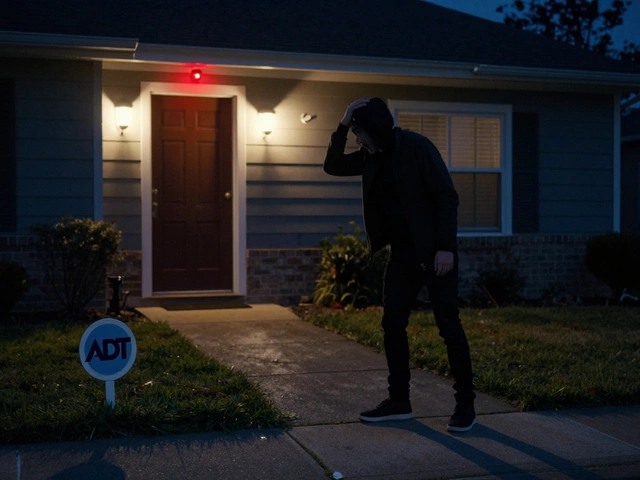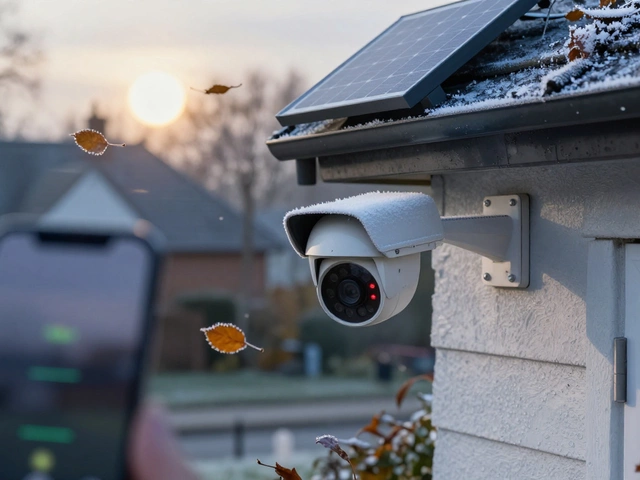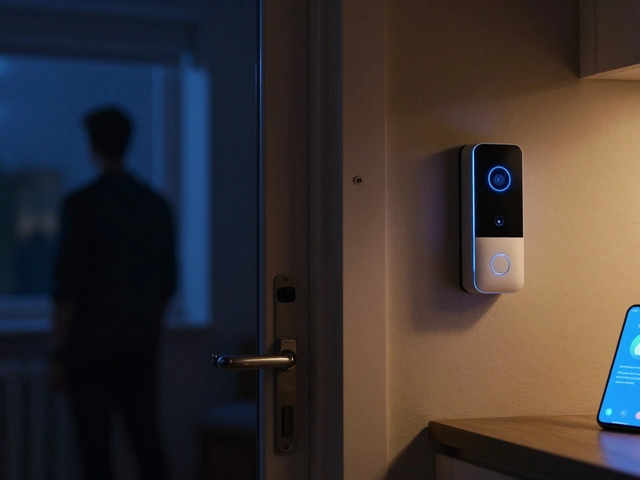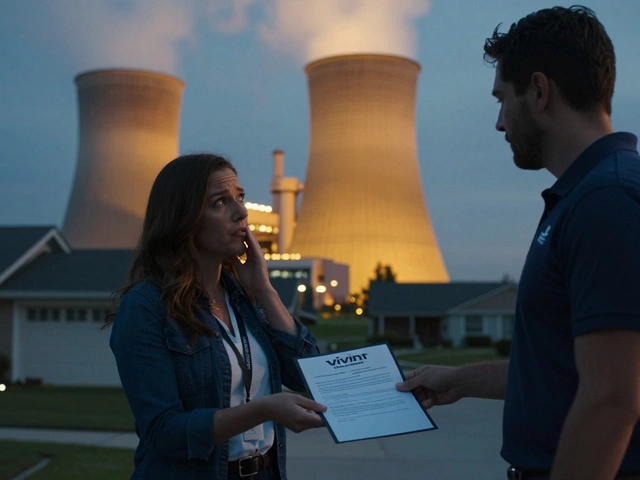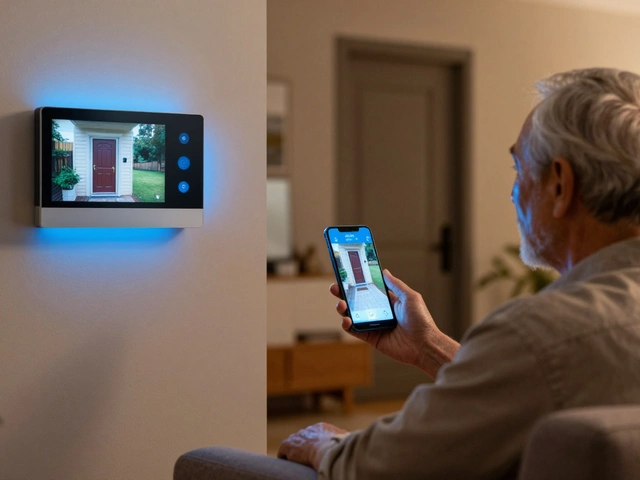Low Light Security: How to Keep Your Home Safe After Dark
Nighttime doesn’t have to be a blind spot for your home security. With the right gear and a few simple tweaks, you can see clearly even when the sun goes down. Below you’ll find straight‑forward advice that works for any budget.
Choosing the Right Low‑Light Camera
First off, look for cameras that boast infrared (IR) LEDs or a built‑in night‑vision sensor. IR LEDs act like invisible flashlights, lighting up the scene without alerting burglars. If you live in a neighbourhood with street lamps, a camera with a decent low‑light rating (often measured in lux) is enough; it will pick up colour detail in dim light.
Another feature to watch for is a hybrid sensor that combines a standard CMOS chip with a back‑illuminated design. Those sensors pull more light into the picture, reducing grain and producing clearer footage. Brands that list a 0.01 lux rating usually deliver usable video in most evenings.
Practical Tips to Boost Nighttime Coverage
Good lighting still matters. Adding a motion‑activated floodlight near doors or driveways tells potential intruders you’re watching and gives your camera more illumination to work with. Solar‑powered lights are cheap and keep your electricity bill low.
Don’t forget about placement. Point cameras away from bright streetlights or car headlights; glare can wash out the image. Aim them at darker zones where the camera’s night‑vision can really shine. A 45‑degree downward angle often captures faces and license plates without too much glare.
Keep lenses clean. Dust or rain spots can look like movement on video, causing false alerts. A quick wipe with a microfiber cloth once a month does the trick.
If you already own a smart doorbell, check whether it supports low‑light mode. Many newer models switch automatically to IR when ambient light drops below a certain level. That way you get a clear view of visitors even on cloudy evenings.
Finally, pair your cameras with a reliable monitoring plan. Some services store footage in the cloud, but make sure the plan includes night‑time video access. Otherwise you’ll miss the moments you need most.
Putting these steps together—choosing the right camera, adding smart lighting, and fine‑tuning placement—creates a night‑time security system that’s hard to beat. You’ll sleep better knowing your home stays visible, even when it’s dark.
Ready to upgrade? Start with a single low‑light camera in the most vulnerable area, test the view, and expand from there. Small changes add up fast, and you’ll see the difference the next time the lights go out.



